Leica Summitar 50mm f2 LTM Lens Review
I am very happy to do another review for a lens that fits the domain name of 50mmf2.com. We're stepping away from the soviet world but keep the LTM mount. This review is for Ernst Leitz / Leica Summitar 50mm f2 LTM lens.
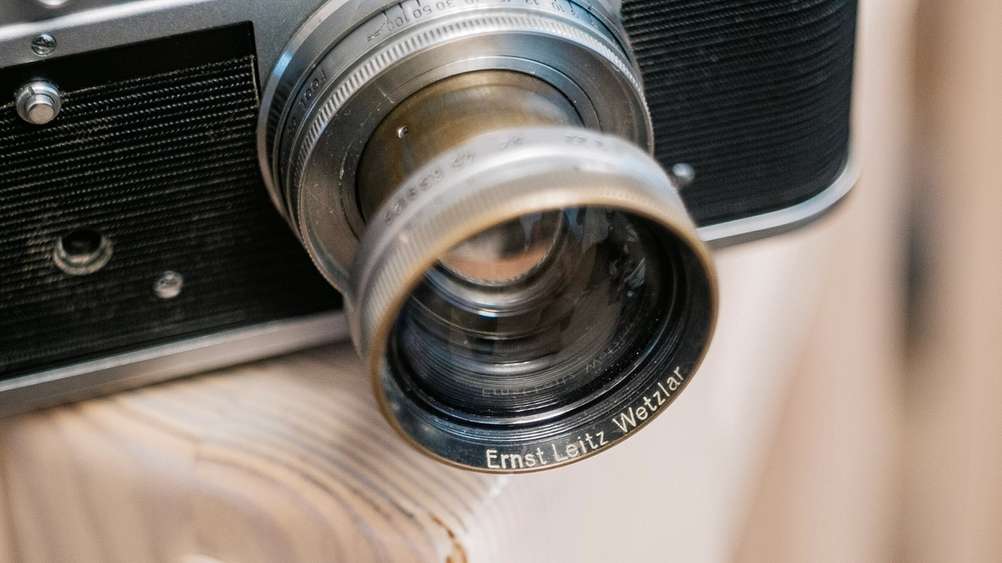
Summitar may seem like a weird lens if you haven't seen collapsible lenses before.
Summitar is the oldest lens I have for 135 format. My copy was made in 1939 which seems crazy to me. Summitar lenses were made between 1939 and 1955. Earlier lenses didn't have coated optics ( mine is also uncoated ) whereas later ones had a single coated front element. On the subject of front elements, you have to be careful with them on Summitar's. They are made from a soft glass which makes it very easy to get them scratched. Even cleaning your grubby fingerprints with too much strength can cause scratches. This means that very many of these lenses sold today will have some marks on the front element. Some marks are not the end of the world but at some point it will start to impact performance, especially in brighter conditions.
I got lucky with my copy. It has two hairline scratches on the front element but otherwise the optics are very clear and without any haze which is surprising as well. My guess is that it was kept unused for a very long time and the conditions were such that it didn't develop any haze or fungus. I say that because lubrication in the lens has definitely lost most of its potency. Focussing is smooth enough but the aperture ring was pretty much welded on and was very hard to turn. I have cleaned it a bit but it's difficult to dismantle the lens enough to clean the aperture ring. It's easier on later versions. I will do it properly one day but for now it works "good enough".
Another thing to mention is that Summitar is a collapsible lens. It means that you can collapse it. I know. Who would've guessed from that name! You can't shoot with the lens when it's collapsed but it takes quite a bit less space. Some collapsible lenses can hit internal elements on more modern Leica M cameras. With Leica M3 it's not an issue so I collapse it often. I don't on M9.
Aesthetics
I love how the lens looks when it's collapsed. It's a shame that you can't use it that way. When extended it loses the nice looks and gains a "weird" appearance because of the collapsible design. It's fair to say that collapsible lenses have a signature visual look. And I am not the biggest fan of it.
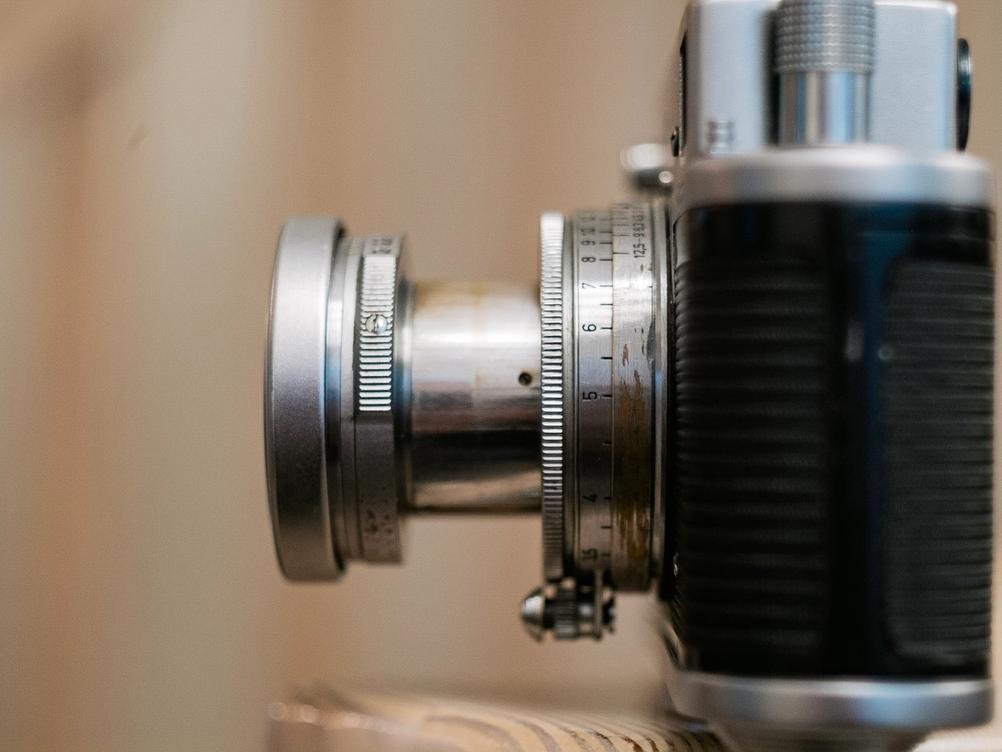
Extended the lens isn't the most beautiful.
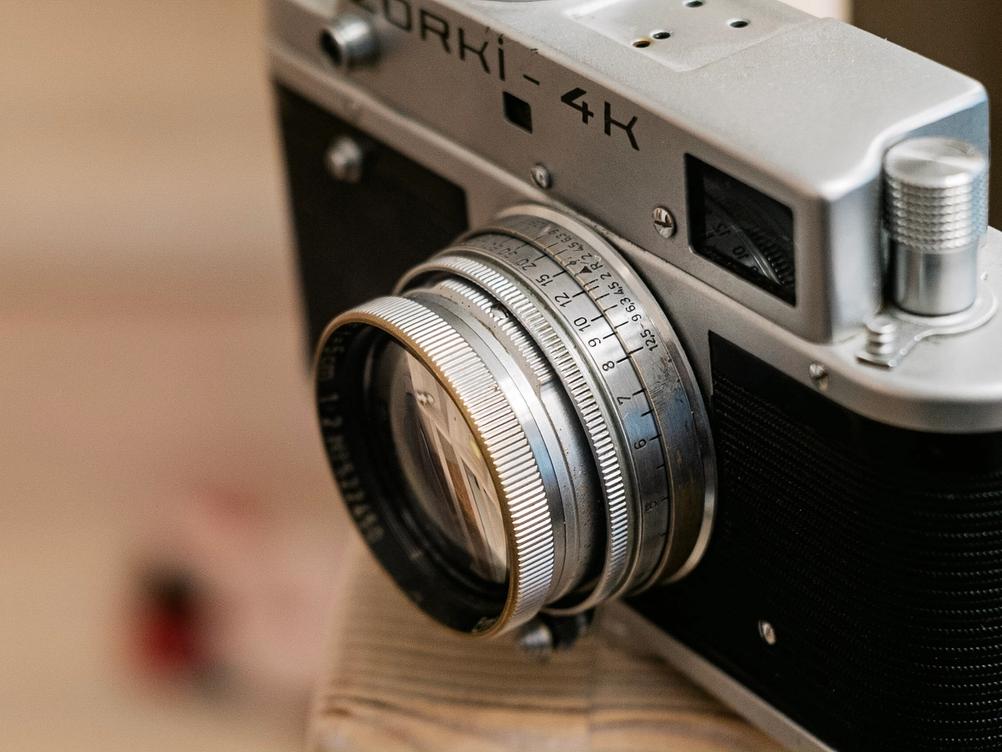
When collapsed it gains a normal lens look whilst also being very compact. It can even make Zorki 4K into a good looking camera.
I also like the look of the front element and area around it. The very edges of the chrome plating has rubbed off and now shows the brass under it. It's patina for a lens but one that actually looks great. The area around the front element is dark so it fits together in a way that pleases my eyes. The writing is also beautifully vintage and I love it.
Build & Usability
This lens doesn't have a focus tab but it has an infinity lock which acts like a focus tab. When it locks it's very easy to unlock so I don't dislike it. I say that because Canon 50mm f1.8 LTM also has an infinity lock and it locks in a way that's annoying. Summitar's infinity lock is very easy to use as a focus tab. Even with not ideal helicoid lubrication the focussing action is smooth and pleasant.
Collapsing / extending action is also quite smooth. When collapsed you pull the lens out and turn it clockwise ( when looking at the front element ) to lock it in place. To collapse you reverse the action - turn it anti-clockwise and push it in. It feels good enough but the age can be felt. Whilst the action is smooth it feels like it has lost some of the sturdiness. There is also a bit of play in the extended part which doesn't feel great.
Distance markings are in feet which I dislike because I can't measure things in feet. You don't scale focus much with a 50mm lens so it's not impacting me but having a meter scale would be lovely.
Summitar was created before Leica learned how to add clicks to aperture so the aperture is clickless. If you've read any other of my reviews then you'll know that I dislike clickless apertures. This lens is no exception but I can excuse it because of the age. The age also shows in the actual aperture marks. It goes from f2 to f12.5 but it doesn't use the usual stops. Marked stops are: f2; f2.2; f3.2; f4.5; f6.3; f9 and f12.5. Definitely not your usual stops. It can cause slight confusion when metering but for the most part it doesn't impact the shooting process much.
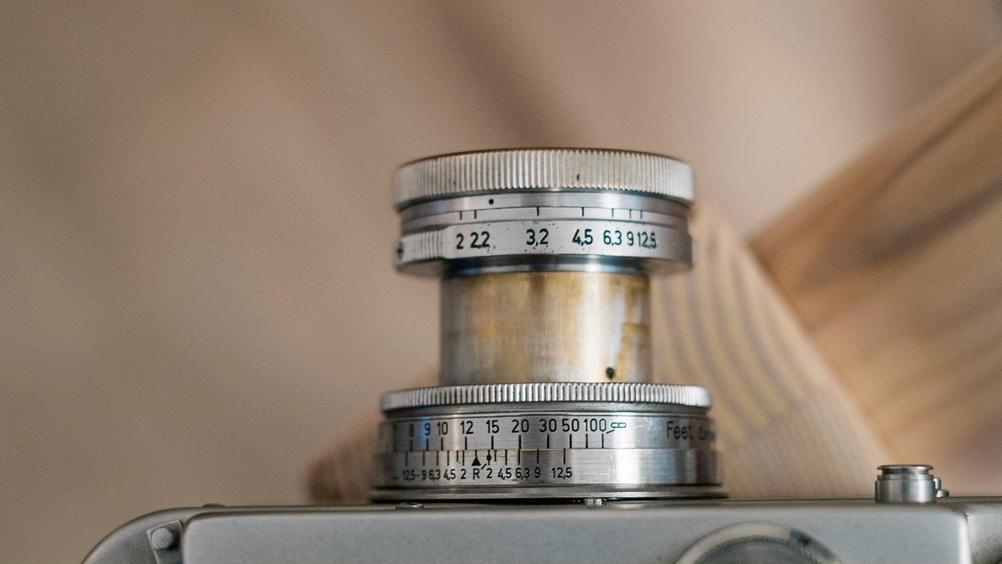
You can see the weird aperture scale and distance markings in feet. They are not ideal but it doesn't remove from the experience too much.
Focus throw is just shy of 180 degrees and feels spot on. I would've liked a slightly shorter throw to make it easier to use the "focus tab" but for the usual distances ( read: not super close ) it works well. I won't comment on turning smoothness much as it needs re-lubrication which is very acceptable for a lens this old. Even the current state isn't too terrible.
Image Quality
When I first saw my photos taken with the Summitar I was surprised. I was expecting a very low contrast, somewhat soft rendering but it's not what I got. Instead I got results that can sometimes even look modern. Definitely not soft and washed out. Let's dive into more detailed aspects.
Sharpness
I'm not counting lines per pixel or whatever but the lens delivers very detailed and sharp results. Especially in the center. The center and even mid-frame is tack sharp and shouldn't leave you wanting for more. There is a bit more softness when wide open or close to it but it's a very well executed softness. One that still has detail inside and adds a soft touch to the whole image that calms the photo down. From around f3.5 - f4 this goes away. The sharpness is still more calm than what a modern lens would produce and I definitely prefer that.
Sharpness in the corners can suffer a bit on digital. There is definite detail loss that looks like smudging. Closing the lens down doesn't fully solve it although f8 gets pretty close to that. When taking photos of things that are not at infinity it's not something that is noticeable. Trying to have everything sharp across the whole frame at infinity is when the issue dials up its strength. This is only noticeable on digital. On film I haven't seen this to be a problem.
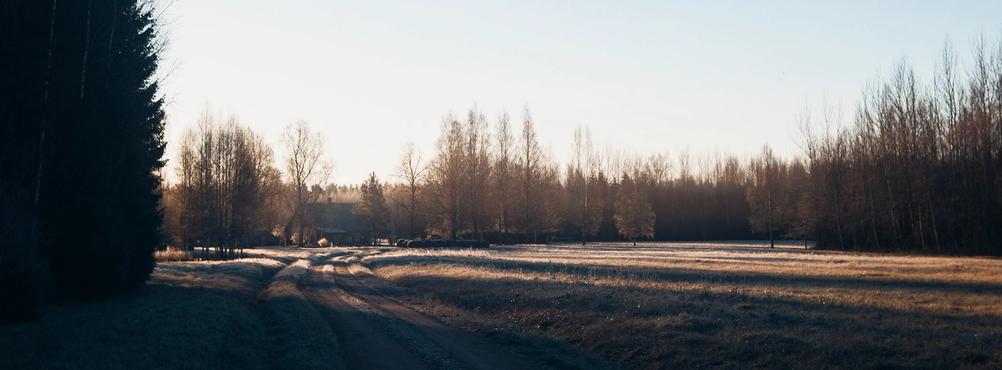
- Camera
- Leica M9
- Lens
- Leitz Summitar 50mm f2
You can see the sides being a bit smudged whilst the center is sharp.
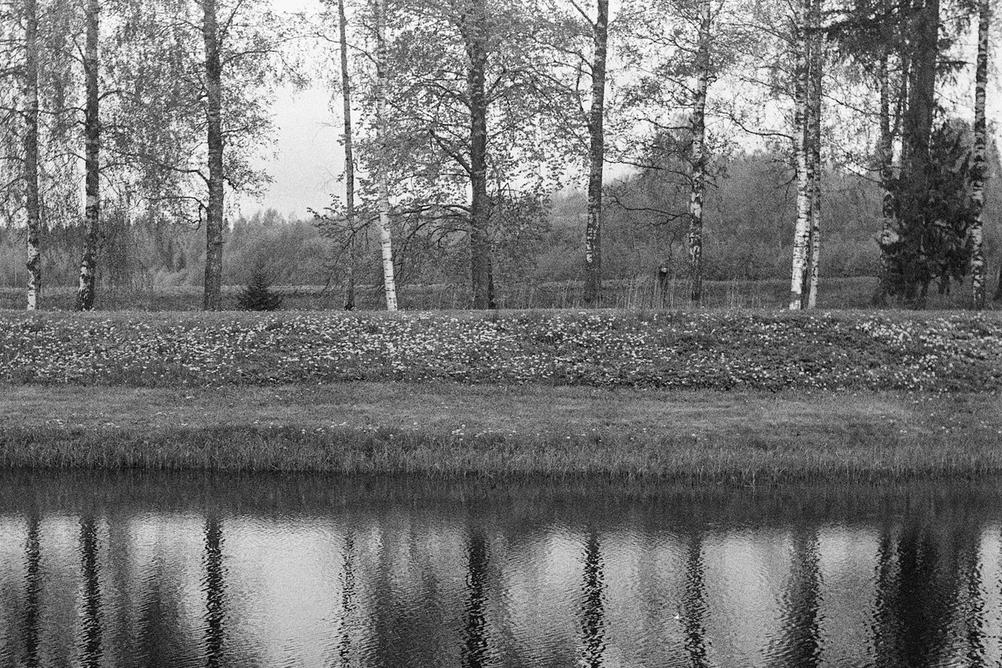
- Camera
- Leica M3
- Lens
- Leitz Summitar 50mm f2
- Film
- Kodak T-MAX 400 EI200
- Development
- Compard R09 / Rodinal; Dilution 1:100; 1 hour semi-stand
- Scanner
- Reflecta ProScan 10T
On film the side smudges are not very noticeable but if you really squint then you can see traces of it. Black and white film is a good mask for certain lens faults.
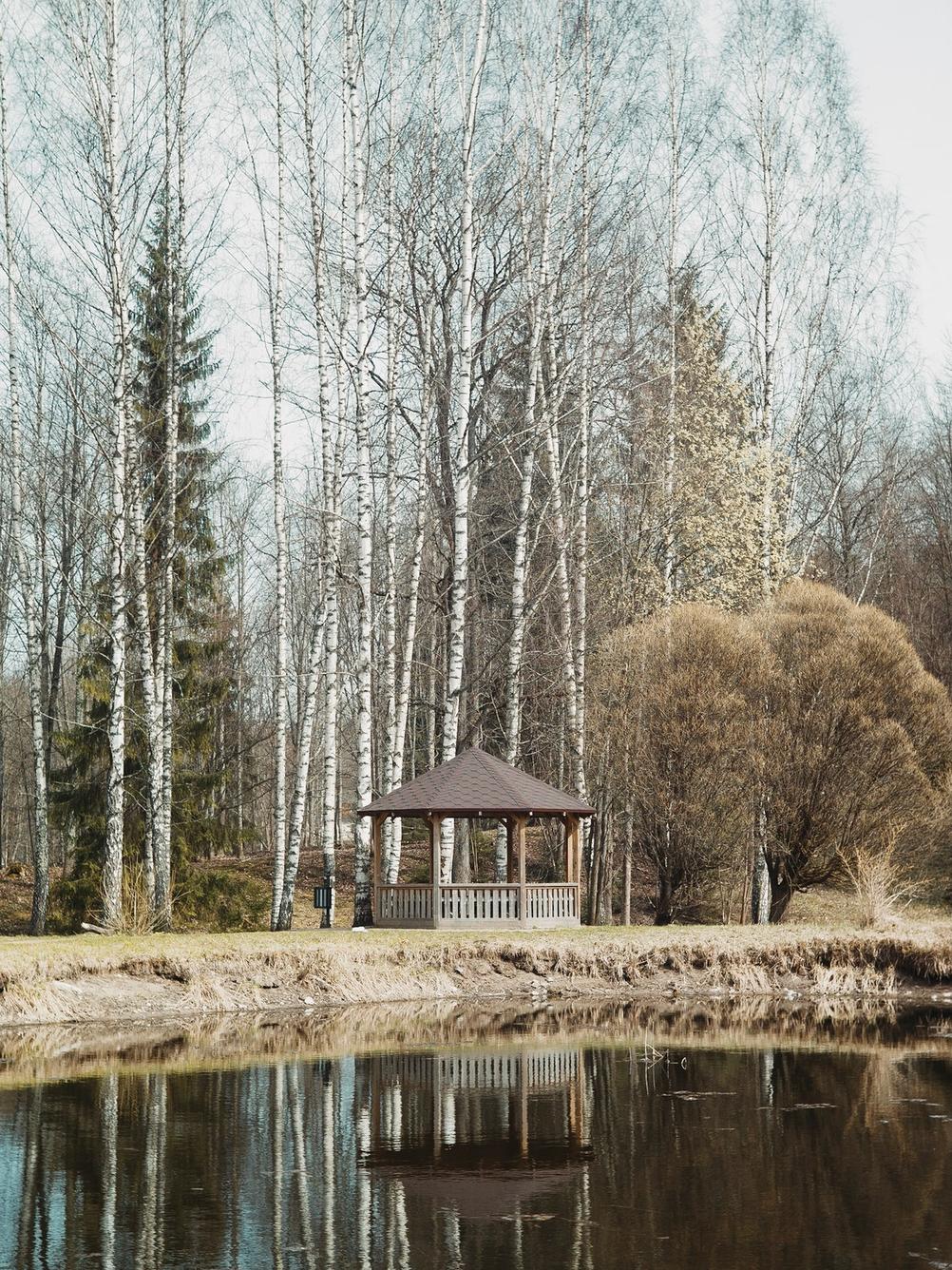
- Camera
- Leica M9
- Lens
- Leitz Summitar 50mm f2
The smudges are not always noticeable on digital as well. Especially if you close the lens down more.
Contrast
This one surprised me the most. A lot of old lenses don't have a lot of contrast, especially when age related problems start to happen. Like haze or heavy scratches on the front element. Summitar has a normal and even slightly increased contrast. I like it.
Contrast will depend a lot on the light though. As it's an uncoated lens, bright light sources like the sun can impact the photo in very strong ways. For example the flare on this lens is insane. If a strong light hits the lens from a pretty wide set of angles then the flare is very visible and there is significant contrast loss. On digital it's possible to salvage photos that have been impacted by this problem. On film it can be more of a problem. There is a Leica lens hood available for this lens but it looks more insane than the flare that is produced without it. It's a huge box that sits in front of your lens. There could be some third party options but I'm not aware of any although I haven't looked. All I know is that putting a gigantic box in front of the lens is not worth the effort.
When the light is more neutral and you don't get strong light leaking inside the lens then the contrast is on the higher side. It looks especially pleasing on black and white film. You still get a great tonality ( although it will depend on film stock ) but with a bit of a kick.

- Camera
- Leica M9
- Lens
- Leitz Summitar 50mm f2
Here's some flare for you. Top right corner is completely blown out. The rest is salvaged by the power of post-processing.

- Camera
- Leica M3
- Lens
- Leitz Summitar 50mm f2
- Film
- Kodak T-MAX 400 EI200
- Development
- Compard R09 / Rodinal; Dilution 1:100; 1 hour semi-stand
- Scanner
- Reflecta ProScan 10T
I like the shades of gray you get on black and white film with Summitar. The contrast is smooth but with a good presence.

- Camera
- Leica M9
- Lens
- Leitz Summitar 50mm f2
This photo was also very washed out by the sun that is above the top part of the image. Once again the digital files lend themselves very well to post-processing which means that I don't have to wear a small house as a hood for the Summitar.
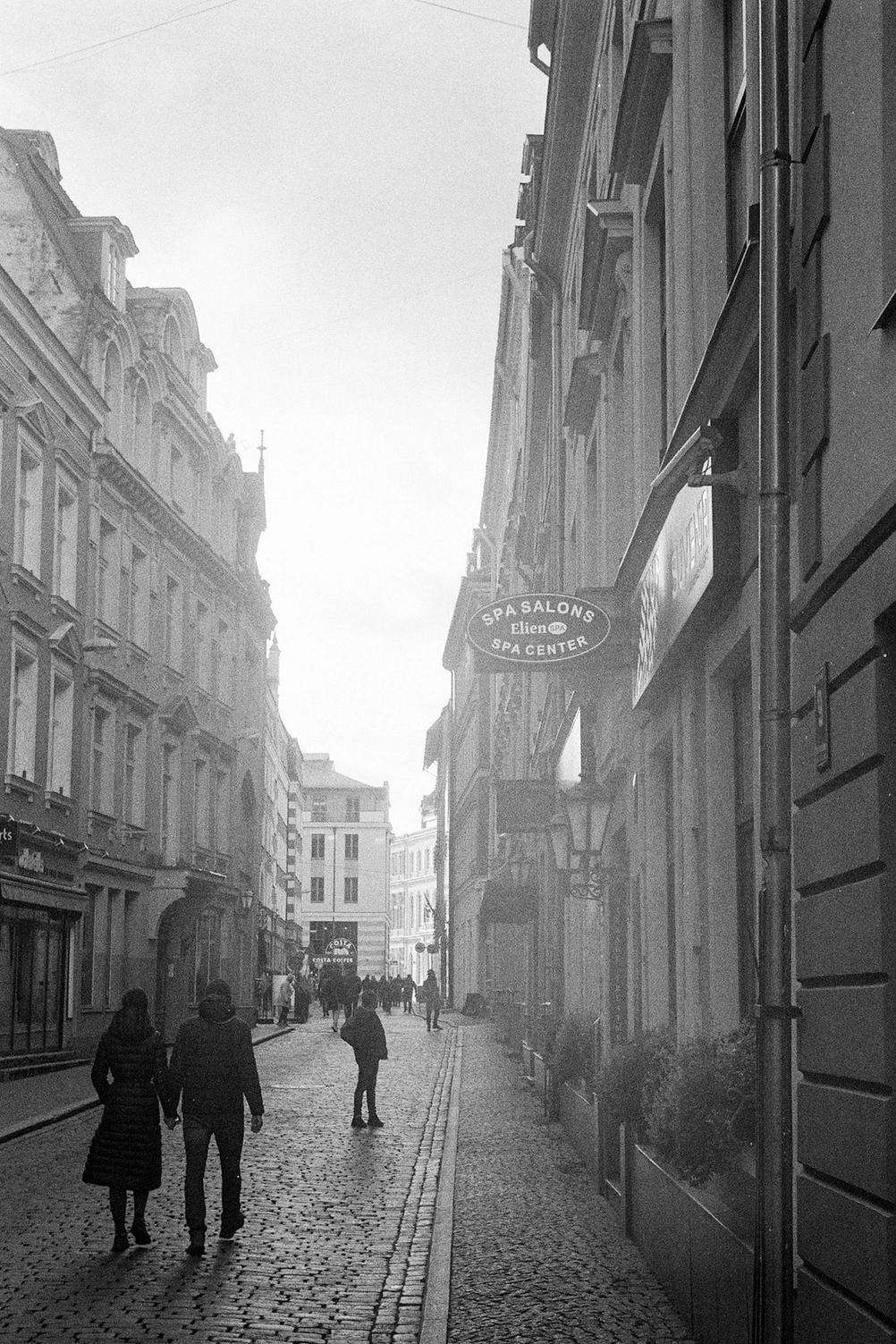
- Camera
- Leica M3
- Lens
- Leitz Summitar 50mm f2
- Film
- Agfa APX 400 EI400
- Development
- Kodak HC-110; Dilution B; 8min
- Scanner
- Reflecta ProScan 10T
The flare can add to the photo as well. In this case sun is around the buildings in the distance, slightly behind a thin layer of clouds. Here the washed out look adds to the image giving it a dreamy vibe.
Colors
Summitar was created at a time when color photography wasn't used by the vast majority of photographers. You can expect that color correction wasn't considered for it. That being said, the color rendition is not bad. It's more on the muted side and the color balance is cool with some other color accent. I can't quite nail what that extra color is but it's there.
I don't dislike the colors but they are not my favourite. You can obviously color correct yourself out of it with enough effort. The default rendering is very pleasing when shooting people wide open or close to it. The calming softness works with these colors very well.
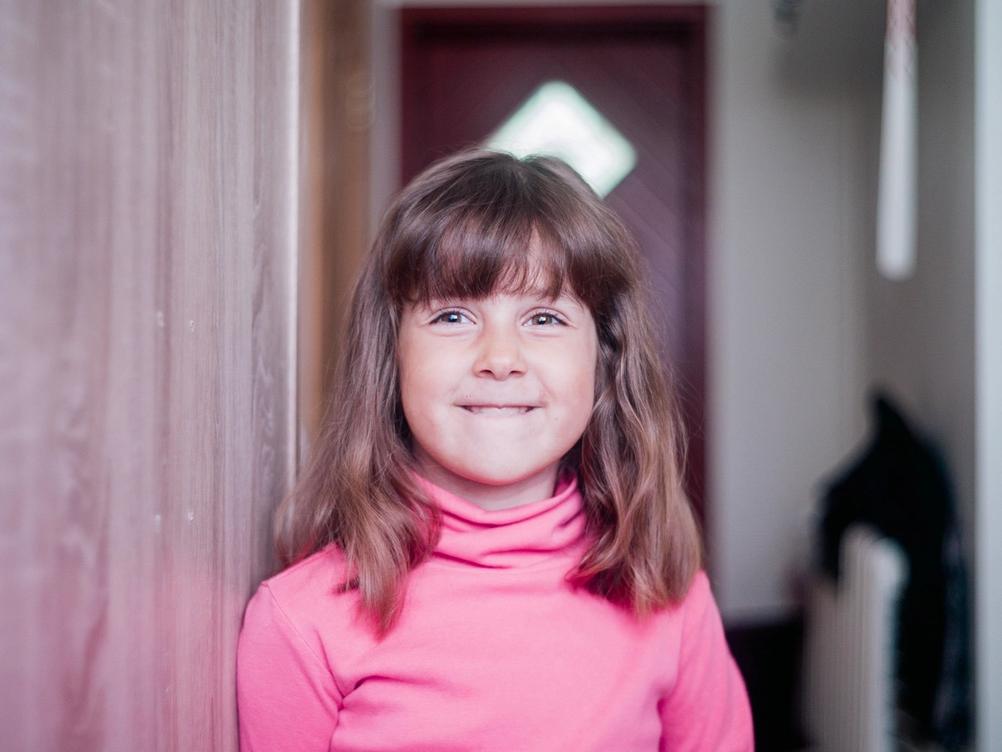
- Camera
- Leica M9
- Lens
- Leitz Summitar 50mm f2
The colors rendered by Summitar are quite muted and with a weird twist. It works well for people photos.

- Camera
- Leica M9
- Lens
- Leitz Summitar 50mm f2
Yes, my family were forced to endure some quite photos with Summitar. Just so that I can showcase that it works well for people photos.

- Camera
- Leica M9
- Lens
- Leitz Summitar 50mm f2
OK I'll stop with the face photos. I just really like how people are rendered by this lens. Together with the interesting bokeh there is some magic.
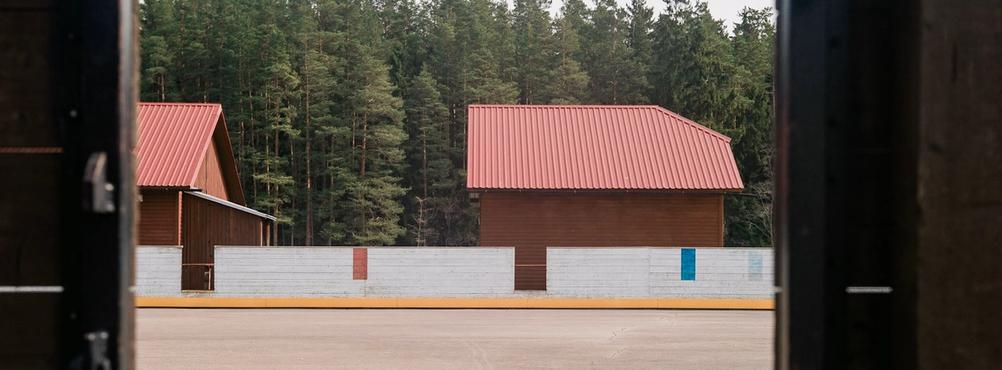
- Camera
- Leica M9
- Lens
- Leitz Summitar 50mm f2
Because the color rendition is somewhat cinematic, I like to use cinematic crops with photos taken with Summitar.
Subject Separation
One of the reasons I bought this lens was that I had read that it can produce swirly bokeh and who doesn't want that! Strong was my regret when I learned that there isn't much swirl at all. With that said the bokeh has a very unique charm to it. Wide open the bokeh looks very painterly. Blurred parts can look like they have been painted on. I haven't seen that effect in other lenses.
Closing down will make the bokeh more normal. It can be a bit harsh sometimes but it's not all bad. I love how the bokeh looks on film. Film improves all bokeh but it does some magic with this lens. The wide open paint strokes are still there although less harsh. What I really like is the transition between in-focus and out-of-focus. There is something very pleasant about it. Whatever the aperture, bokeh looks amazing on film.
With regards to pop, there is a slight one. It's not medium format level or Zeiss level but it can appear. Wide open it will be hard to produce a strong pop with everything being calmed down by the slight softness. Close it down a bit and pops can start to appear here and there.

- Camera
- Leica M3
- Lens
- Leitz Summitar 50mm f2
- Film
- Kodak T-MAX 400 EI200
- Development
- Compard R09 / Rodinal; Dilution 1:100; 1 hour semi-stand
- Scanner
- Reflecta ProScan 10T
An example of a brush-stroke-like bokeh on film. It's very interesting. And the subject is as sharp as it needs to be.
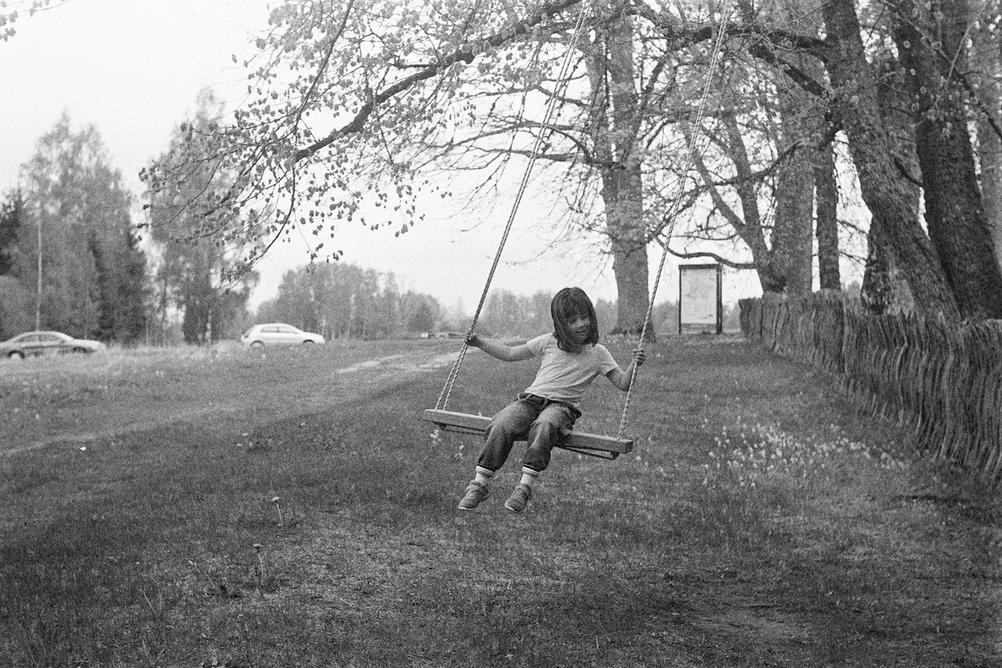
- Camera
- Leica M3
- Lens
- Leitz Summitar 50mm f2
- Film
- Kodak T-MAX 400 EI200
- Development
- Compard R09 / Rodinal; Dilution 1:100; 1 hour semi-stand
- Scanner
- Reflecta ProScan 10T
Transition between in-focus and out-of-focus is smooth. Subject is sharp and rest slowly flows away. Even when stopping the lens down.
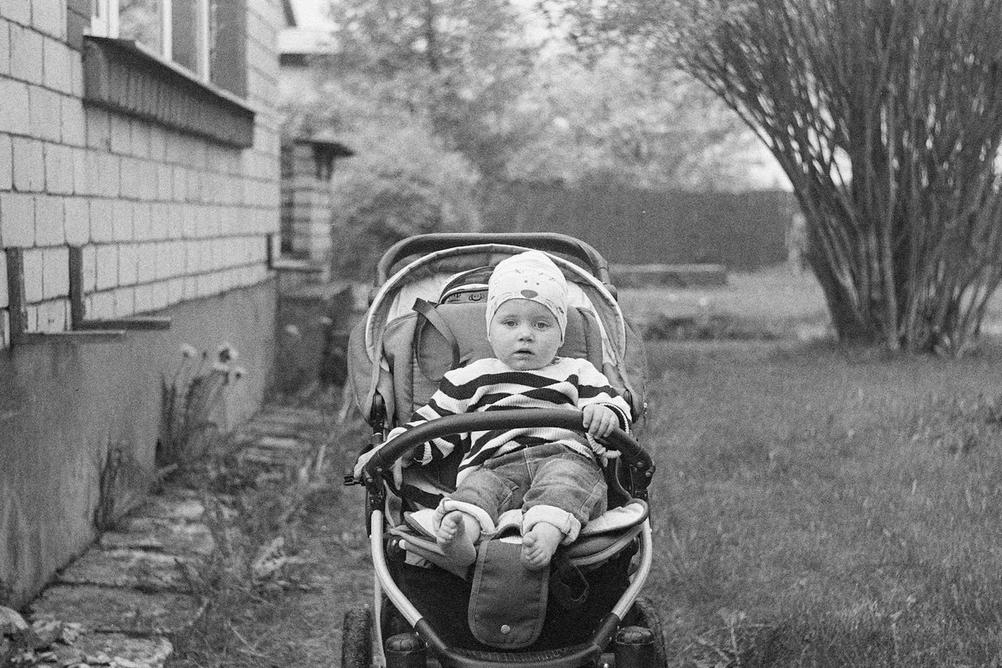
- Camera
- Leica M3
- Lens
- Leitz Summitar 50mm f2
- Film
- Kodak T-MAX 400 EI200
- Development
- Compard R09 / Rodinal; Dilution 1:100; 1 hour semi-stand
- Scanner
- Reflecta ProScan 10T
Photo of my drunk looking son and the very pleasant bokeh. The out of focus areas are a real strong point for this lens. Especially on film.

- Camera
- Leica M9
- Lens
- Leitz Summitar 50mm f2
Bokeh transition can also work really well on digital sensors. There is something very satisfying about that transition.
Final Thoughts
I have a weird relationship with this lens. I like to use it. It feels good and would feel amazing when CLAd. These results on paper also speak to me. But the resulting images are a hit and miss. I don't know why but I can't fit this lens like a good glove. One possibility could be that the rangefinder coupling doesn't 100% match my cameras. It front-focusses so I have to focus and move just a bit forward to get the focus right. It only affects apertures close to wide open and I have learned to live with it but it can be annoying.
For now the unbeaten champion lens for me ( at least on digital ) is the Canon 50mm f1.8 LTM. I will keep plugging away with this lens to see if I can learn to live with it better but beating the Canon will be no easy task.
If you can find this lens for a good price I would recommend it. The going price for it now seems to be ~ $350 - $500. Price will depend on the front element condition. You can also try to get a combo pack with Summitar + Barnack Leica ( like iiif or something ). It would cost around $650 - $900 but if you want a LTM Leica then it could be a good deal. In any case, if you can get this lens for cheaper than the prices I listed then consider it.
